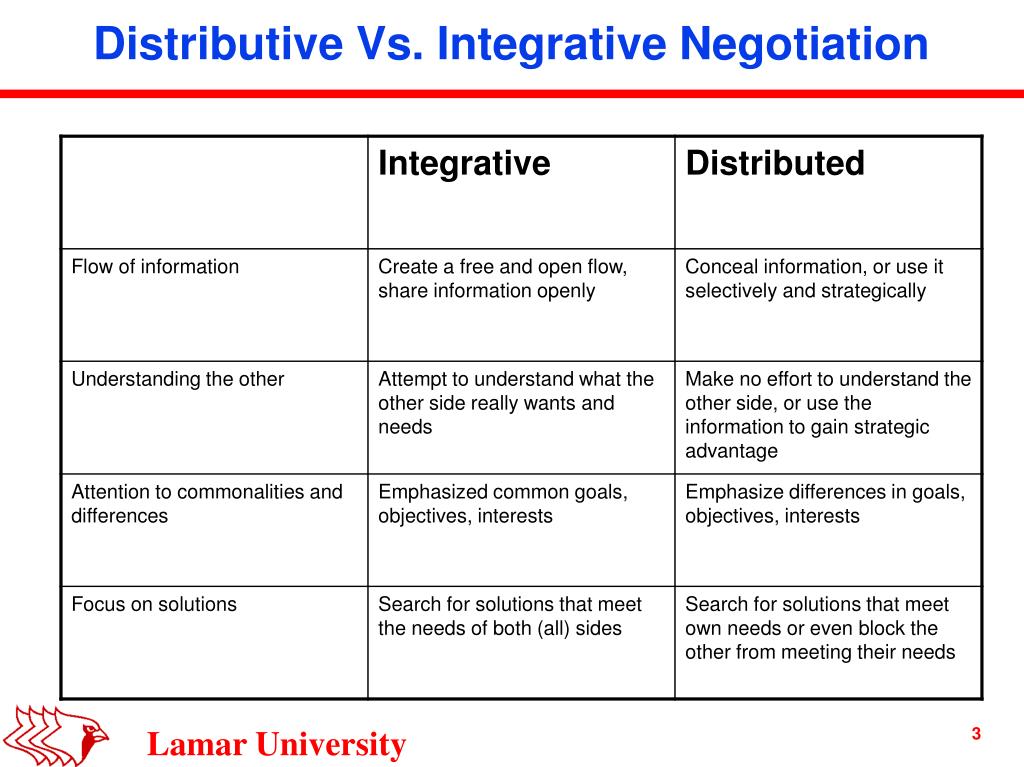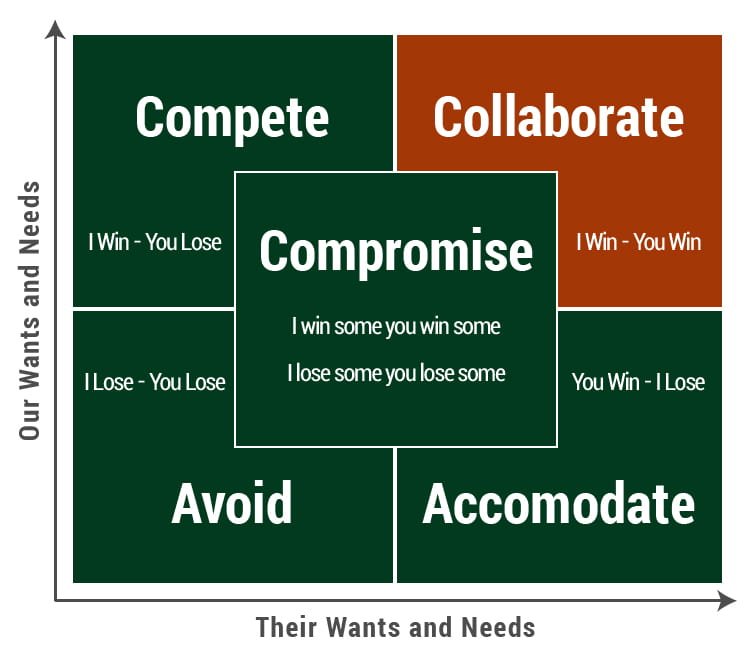Case Context
Robert, a director and union member, has requested an 8 percent raise for his work unit. His request is based on recent finance reports showing that his department has substantially contributed to a 15 percent profit increase for the organisation. He feels that his team should be compensated for the hard work and long hours they have put in over the last few years to achieve this outcome.
Kay knows the value of Robert’s team and readily acknowledges their achievements. However, she knows that the company has plans to expand and diversify. This new project will use up the majority of the profit increase for at least the next five years.

She is willing to sit down with Robert and talk about how his team can get involved in the new project. There could be new job opportunities, some overseas assignments, and possible promotions to various leadership positions within the new project. Kay has flagged this with Robert; however, he is adamant that his team needs to be compensated with a monetary increase. He went as far as threatening to get the union involved if his request is unsuccessful.
Identify
Based on the context, we can identify that the conflict handling style present is competing. The style of competing is composed of one party negotiating to its most desirable result at the expense of the others’ needs, which commonly display signs of forcefulness. This is determined through the statement, “Robert; however, he is adamant that his team needs to be compensated with a monetary increase. He went as far as threatening to get the union involved if his request is unsuccessful.”. From here you can infer that Robert only has his goal in mind and will not falter to Kay’s explanation. Furthermore by threatening to get the union involved, it supports that he is being forceful and displaying characteristics of competing.
Choose & Determine

I Choose You : Pikachu / Kay / Robert
Kay exhibits the integrative bargaining approach. This approach consist of creating a free and open flow i.e. sharing of information openly; attempting to understand the other side; attention to common interests; searching for a solution that is able to satisfy all sides. As stated in the context, Kay openly shares the plans the company has that she knew it and how it will negate chances for Robert’s team to get the raise. Acknowledging and understanding the reasons for Robert to want compensation for his team, Kay attempts to compensate in other forms such as the opportunities she shared with him. This supports the stand that Kay used the integrative bargaining approach as it signifies Kay trying to negotiate and create a solution that both parties are able to accept.
Aspects
In Interpersonal Communication, the aspect of active listening is contributing to the poor working environment. It is seen that although Kay provides suggestions and opportunities for Robert and his team, Robert refuses to give in and was adamant on having the reward he deemed fit. Robert chooses to not listen and ignored the alternative given to him. If Robert had exercised active listening, he could have understood Kay’s suggestions or even come to terms with Kay for a better solution that would benefit the both parties.
Hall’s Context Model

I Choose You : Kay / Robert
With regards to Hall’s Context Model, we can infer that Robert is under the low context culture. Robert displays explicit communication as he states clearly of his target without leaving room for negotiation. We can confirm it as Kay did provide suggestions but was rejected by Robert. Furthermore, his act of threatening Kay with the Union expresses fragile bond between him and Kay. Which too expresses the low commitment he has to the relationship.
Conclusion
Conflicts are inevitable with regards to communication. Bargaining approach is key to outcome of the conflicts. But before that, it is imperative that one should hone for good interpersonal communication skill. Always achieving 100% win-win scenarios is not possible, having better interpersonal communication skills will provide better outcomes be it during conflicts or negotiation phase. In this case, Robert could have come into better terms that is beneficial for both parties with Kay if he eliminated his barrier of active listening.
Reference
Negotiations.com. 2020. Negotiation Styles. Available at: <https://www.negotiations.com/articles/negotiation-conflict-profiles/> [Accessed 29 July 2020].
Evonne Zack. Integrative Negotiation. Slideserve.com. Available at: <https://www.slideserve.com/evonne/integrative-negotiation> [Accessed 29 July 2020].



Hello Brandon!
Firstly, the display of memes and gifs were really funny and engaging. Great detailed explanation especially with the integrative bargaining approach. With Kay sharing more information about the company’s future project plans, Robert should not have shut Kay down immediately with aggression. Which linked to your interpersonal communication on how active listening is important to understand where the other party is coming from.
The only improvement you could have is maybe just a brief information on the different conflict-handling style so as an audience we would be able to understand why you have chosen “competing” as compared to the other styles. Overall, very engaging blog!
LikeLike
Hi Brandon! I love reading your post. It contains lots of information and gifs, which makes it very informative and funny. Moreover, you use different colours for each heading, this enable reader to know you are addressing different issue at one glance. Thumb up!
I do agree with you that conflicts are inevitable and bargaining approach and active listening is key to outcome of the conflicts. However, I also think that the negotiation style chosen can also affect the outcome we want to achieve. Therefore, identifying the correct bargaining approach and negotiation style to use for approaching different situation are both important factors to go hand in hand with active listening when resolving a conflict.
One improvement I would like to suggest is to put the scenario part all in one section, as I initially thought it is a separate issue you are trying to address when I look at it in first glance.
Overall, everything is great. You did a very good job in engaging readers through the balance of information and humour. I had an enjoyable time reading your post. Cheer.
LikeLike
Hi Brandon!
It was enjoyable reading your post! Firstly, you added many amusing and relatable gifs which sort of gives me a sense of your view of the case study. Very well down in the structure of your blog post, it is well organized with each subtitle differentiated with a block color it eases the reading for me.
One improvement I would like to suggest is that you could provide the other types of aspects in interpersonal communication, so that you can elaborate more on why active listening in the case study was one of the reasons why there was a poor working environment.
Overall, I agree that conflicts can’t be avoided when it comes to communication. Likewise, I like how you reminded your readers that an imperative approach would be a better approach to take and how it is impossible to achieve a 100% win-win but having better interpersonal communication skills will result in a better ending.
Well done for your blog post !! 😀
LikeLike
Hello Brandon,
Great post, it was clear and easy to understand. And I also like the
neat layout and images used in your post as they were pleasant for me to
keep reading. I agree with you that Robert displayed competing
conflict handling style as he was stubborn and only wanted his needs
to be met. Whereas for Kay, she used integrative approach, a compromising
way to try to come to a solution which will satisfy both parties.
Yes, active listening in communication is important as it will affect
the effectiveness of communicating with others. One improvement I
would like to suggest is to include more examples to explain your
points. Thank you for sharing your thoughts in this post. Cheers!
LikeLike